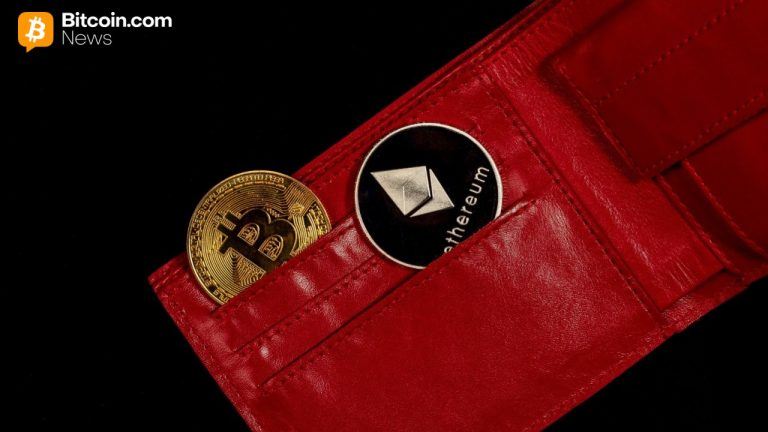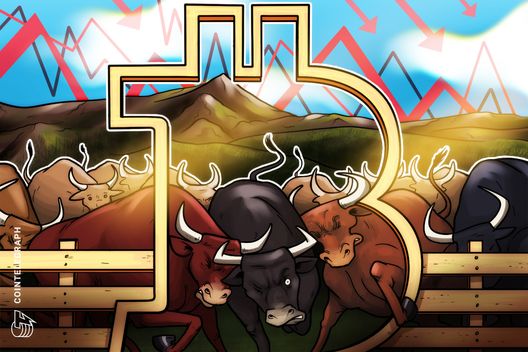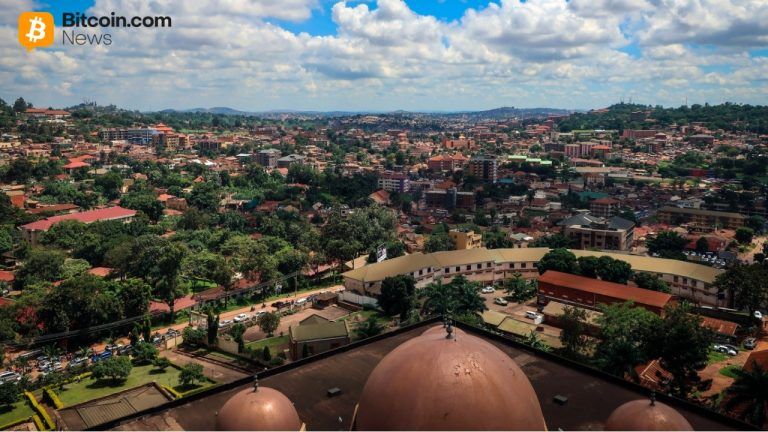Here’s the inflation breakdown for April 2023 — in one chart
3 min read
A shopper in Greenville, New York, on April 30, 2023.
Robert Nickelsberg | Getty Images News | Getty Images
Since the CPI reading was a positive number in April, it means consumers didn’t see prices falling, in a broad sense. But it shows that the rate at which they’re rising has slowed significantly from the 9.1% peak in June 2022.
Policymakers aim to keep inflation at about 2% a year. It may take another year or so to reach that target, but “we’re definitively headed in that direction,” Zandi said.
Where consumers saw prices fall in April
Consumers saw average prices decline outright in April in certain categories.
Grocery prices, for example, retreated by 0.2% during the month, following a 0.3% decrease in March — a trend that should continue as supply chains continue to normalize, as do costs for labor and diesel (a key input for transportation from farm to shelf), economists said.
Monthly prices also declined for airline fares, new cars, hotels, and household energy (like electricity, fuel oil and utility gas service), among others.
Where consumers saw prices rise in April
On the flip side, notable increases in monthly prices occurred in categories like shelter, used cars and trucks, motor vehicle insurance, recreation and personal care, according to the BLS.
Gasoline prices also jumped 3% in April relative to March, though are down 12% in the last 12 months.
Housing — the largest component of the average household’s budget — was the largest contributor to inflation in April, the BLS said. Shelter costs rose 0.4% in April relative to the prior month, a decrease from 0.6% in March.
However, average rents have moderated or even decreased over the past six months — a trend that will soon be reflected in lower inflation readings for shelter, since those price dynamics typically take several months to feed through into federal data, economists said.
“It looks like inflation in the [shelter] category has peaked,” Andrew Hunter, senior U.S. economist at Capital Economics, said.
Overall, households are faring much better than they were months ago relative to inflation in staples like food, energy and housing, according to Zandi at Moody’s Analytics.
“Gas prices are way down from where they were a year ago.” he said. “Food prices are no longer rising quickly.
“And rents are now flat to down,” Zandi added. “Those are the key items in people’s budget and all of them feel pretty good at this point in time.”
Why inflation surged to multi-decade highs
Consumer prices began rising rapidly in early 2021 as the U.S. economy started to reopen after the pandemic-related shutdown. Americans unleashed a flurry of pent-up demand for dining out, entertainment and vacations, aided by savings amassed from government relief.
Meanwhile, the rapid economic restart snarled global supply chains, a dynamic exacerbated by Russia’s invasion of Ukraine. In other words, supply couldn’t keep up with consumers’ willingness to spend.
Inflation — which increased in economies around the world during the pandemic era — was initially siloed in categories of physical goods such as used cars and trucks. But the dynamic has morphed.
Now, it’s largely being driven by the labor market, not a shortage of physical goods, economists said.
Increasingly, we can be confident that inflation is coming back in.
Mark Zandi
chief economist of Moody’s Analytics
As the pandemic economy reopened, businesses rushed to hire workers and job openings surged to record highs. That demand tilted the job market in favor of workers, who had ample opportunities. They saw wages grow at their fastest pace in decades as employers competed to hire them.
That strong wage growth has nudged employers — especially labor-intensive service businesses — to raise their prices, economists said.
But now, “the earlier extreme levels of excess demand for workers are easing,” Hunter said.
Those labor-market dynamics should continue to put downward pressure on overall inflation.
“The trend from here is definitely looking a lot better,” Hunter said. “I think we’re finally seeing clear signs of progress.”







